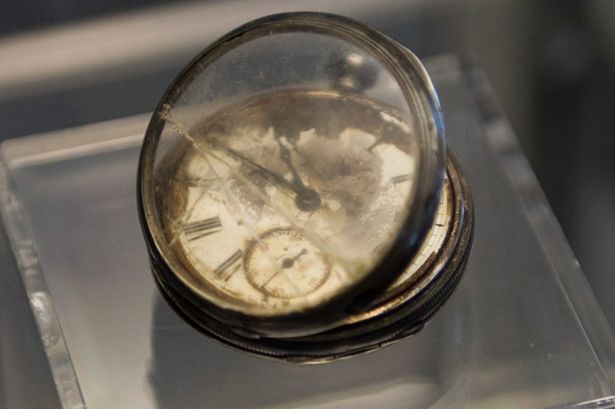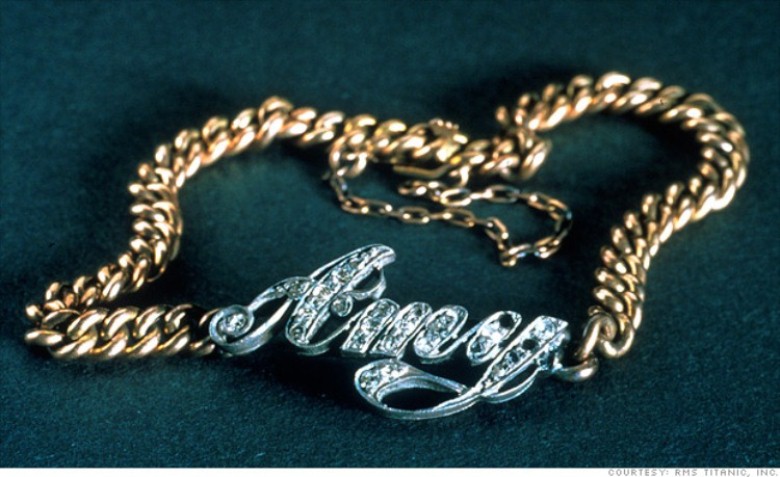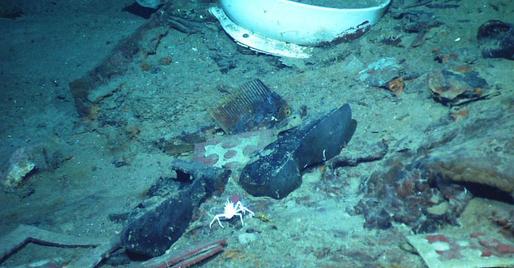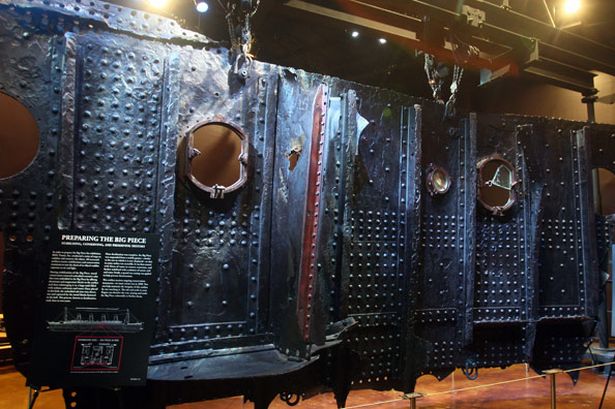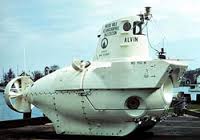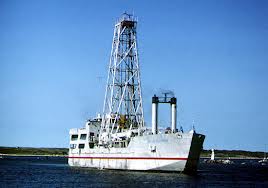Salvaging Titanic
/Since the discovery of the sunken Titanic in 1985, four separate organizations have worked to salvage artifacts from the site. Around 5000 items have been recovered and are now on public display at various exhibits around the world. They include parts of the ship, fixtures from staterooms, dishes and glassware from the various dining rooms, and personal items belonging to passengers and crew. The exhibits offer a fascinating look into perhaps the most famous ship in history and those that sailed with her.
Cherub from the Grand Staircase
Dishes
Pocket Watch
Diamond necklace
(Two passengers were named Amy.)
The National Oceanic and Atmospheric Administration (NOAA) is responsible for protecting and preserving the Titanic wreck site. It has published guidelines for research, exploration, and salvage of Titanic artifacts and worked with the Department of State to form the International Agreement on Titanic in 2003. One NOAA ruling states no ship is allowed to discharge waste of any kind within ten miles of the site.
Although the ship was a British liner, the US has always felt a strong connection to her. American passengers numbered 306, and American Dr. Robert Ballard discovered the lost ship with the backing of the U.S. Navy.
RMS Titanic Inc. is now the sole “salvor” and has exclusive rights to the artifacts. They must be available for “public display, historical review, scientific and scholarly research, and educational purposes.” None of the items may be sold or auctioned individually. For more information about the role of NOAA and RMST, click here: http://www.noaa.gov/titanic/noaasrole.html.
Some families of those who perished on Titanic, as well as many others, have argued that the shipwreck is a grave site and should not be disturbed. Although no human remains have been found, there are photographs of shoes and other items indicating where a body may have come to rest and decomposed. NOAA guidelines state that disturbance of artifacts that may be associated with human remains is prohibited, even if there is no evidence of a human body. Entry into the hull sections must be avoided for that reason, according to NOAA. However, a section of the hull was raised in 1998, creating an outcry among many.
Shoes amid the wreckage
17-ton hull section
It’s not known at this time if more salvage operations are planned. Experts disagree on whether or not the ship will stay intact and if not, how long before it will crumble away. But interest in Titanic remains high, and efforts to locate and preserve as much as possible from the Queen of the Seas will no doubt continue.



